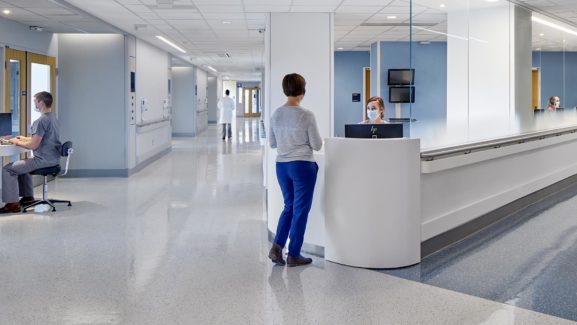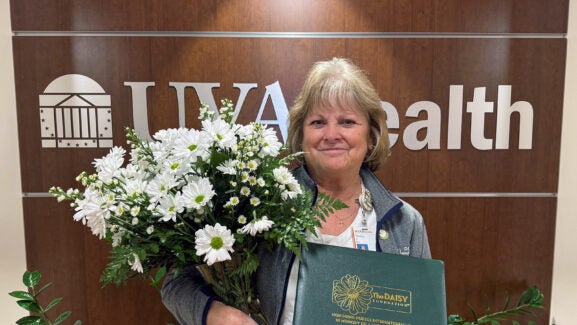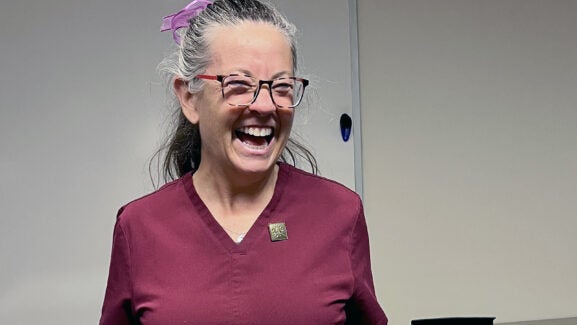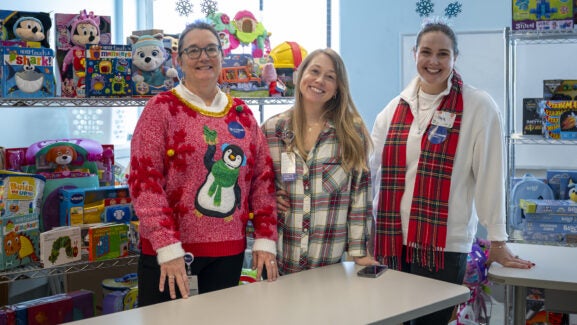

Bill Rockwell
Safety and Security Spotlight: The Little Things That Matter
Among the millions of pieces that must come together to create a leading healthcare system, there are some that tend to get overlooked. They are the “little things” that are critical to making our hospital a safe place to receive quality care. They may be small in size, but they take a huge amount of oversight to not only keep them in working order, but also to document that we’re following regulatory guidelines to ensure they’re functioning properly.
We spoke to Bill Rockwell, Health System Engineer and chair of the Safety and Security Subcommittee’s Utilities Workgroup, about some of the things that we often take for granted will be there for us during an emergency. “There are lots of ‘little things’ that come with big strings attached,” he says. “I think it’s fair to assume that most people don’t have an appreciation for the regulatory requirements surrounding this equipment.”
Hand Sanitizer Dispensers
The next time you pause to apply alcohol-based hand rub, take a look around and count the number of sanitizer dispensers you see. When asked about the total number of sanitizer stations throughout our health system, Rockwell’s initial response is usually “too numerous to count,” he says. “But tracking sanitizer locations and total volume is an important part of regulatory compliance.” The actual count:
- 1,800 in University Hospital
- 300 in the West Complex
- 400 at Northridge and the Transitional Care Hospital
- 800 in the Battle Building, the Cancer Center, and the Primary Care Clinic
Add in the outlying clinics at Fontaine, Ivy, and beyond, and the total count goes into the thousands. And still, new dispensers are requested all the time. “The comment I hear most when we get new requests: ‘It's a hand sanitizer, how hard can it be?’” The fact is, there’s a lot to consider before installing one of these dispensers, such as:
- Their location has to be at a certain height above the floor with nothing under it, away from electrical outlets and devices, and not within 4 feet of another dispenser.
- The total volume of sanitizer present in any given area has to be tallied due to the high alcohol content, which presents a fire hazard.
- Refilling each container falls on Environmental Services, and so their capacity to complete this task is a factor.
The Health System Physical Plant (HSPP) team partners with Infection Control to determine clinically appropriate locations that also meet code requirements. “We ‘do the dance’ to come up with a plan that meets everyone’s expectations,” says Rockwell. Recording the location and maintenance of dispensers, however, falls on him.
Eye Wash Stations
There are around 100 eye wash stations in University Hospital and another 150 in other buildings within the Health System. Rockwell says not every request for an eye wash station fits the requirements to receive one. He works with clinical staff and Environmental Health and Safety (EHS) to determine actual need in terms of overall safety. Once approved, the installation of these stations is a little more complicated than they used to be.
“You used to just add an extension to the end of a faucet, but you can’t do that anymore,” says Rockwell. Now, there are specific parameters to follow during installation and beyond, that take into account things like:
- Physical constraints, including distance from potential chemical exposure
- Temperature/flow control
- Confirming responsibility for ongoing maintenance and testing
Then, of course, comes the required documentation to show that all of these parameters have been met. Rockwell and his team conduct annual testing, but the user on the unit must also do a monthly visual check and keep a logbook recording these regular checks. “If it’s not documented, it never happened according to the surveyor,” says Rockwell.
Fire Doors
Fire doors are crucial to preventing the spread of fire. If one fails, it may make the difference between a safe evacuation and loss of life. There are around 3,000 fire doors across our health system. Each is bar coded and tracked within a Computerized Maintenance Management System (CMMS). The HSPP Door Crew works with an outside vendor to conduct annual inspections of each door and perform tweaks as needed, such as adjustments to allow for proper closing speed and latching, repairing, and replacing damaged hardware or the door itself. If a door requires repairs or replacement that cannot be completed at the time of inspection, then additional documentation must be filed to show the temporary measures being used to reduce the risk associated with this impairment.
Exit Signs and Emergency Lights
Lighted exit signs and other emergency lighting across our facilities are maintained by Facilities Management, which, according to Rockwell, is a “herculean task.” It’s a huge undertaking due to the sheer number of them: approximately 6,600 across all health system facilities. Each is bar-coded and tracked by the CMMS, where monthly inspections and annual testing results are also documented and stored.
Smoke and Heat Detectors
Smoke and heat detectors are part of a massive system of small devices that all have to be in top shape to ensure our safety. Combined with other signaling tools like pull stations, horns, and strobe lights, there are around 35,000 total devices that work in tandem to not only alert us of a possible fire, but also trigger other mechanisms to do things, like recall elevators and release fire doors. Testing and maintaining this system, you might guess, is not a small task, but the Facilities Maintenance Fire Crew has it covered.
“The testing of these devices is a bit more invasive than for many of our other equipment and devices, and it requires significant coordination with building occupants,” says Rockwell. “In many cases, the testing involves multiple components of the fire system simultaneously. That’s a lot of information to keep track of and document correctly.”
Interested in being part of the Safety and Security Subcommittee? Contact Tom Leonard at tleonard@virginia.edu.
In case you missed it

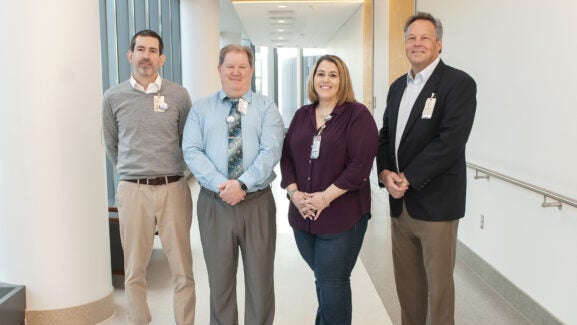
Latest News
